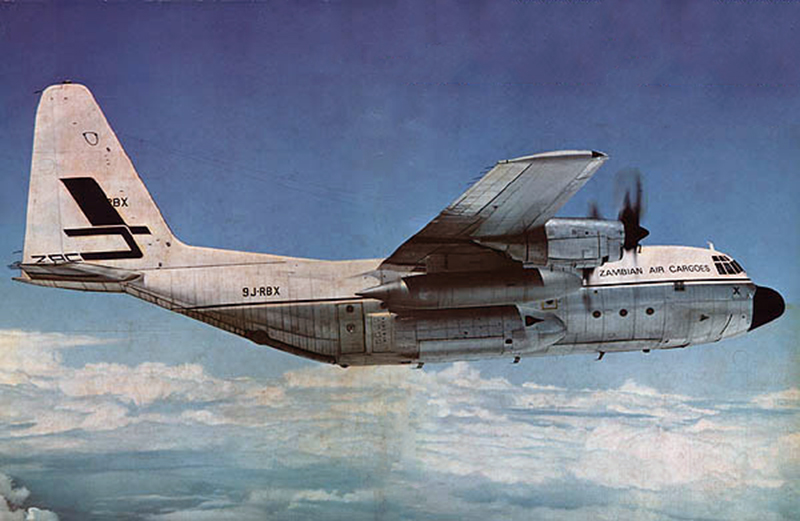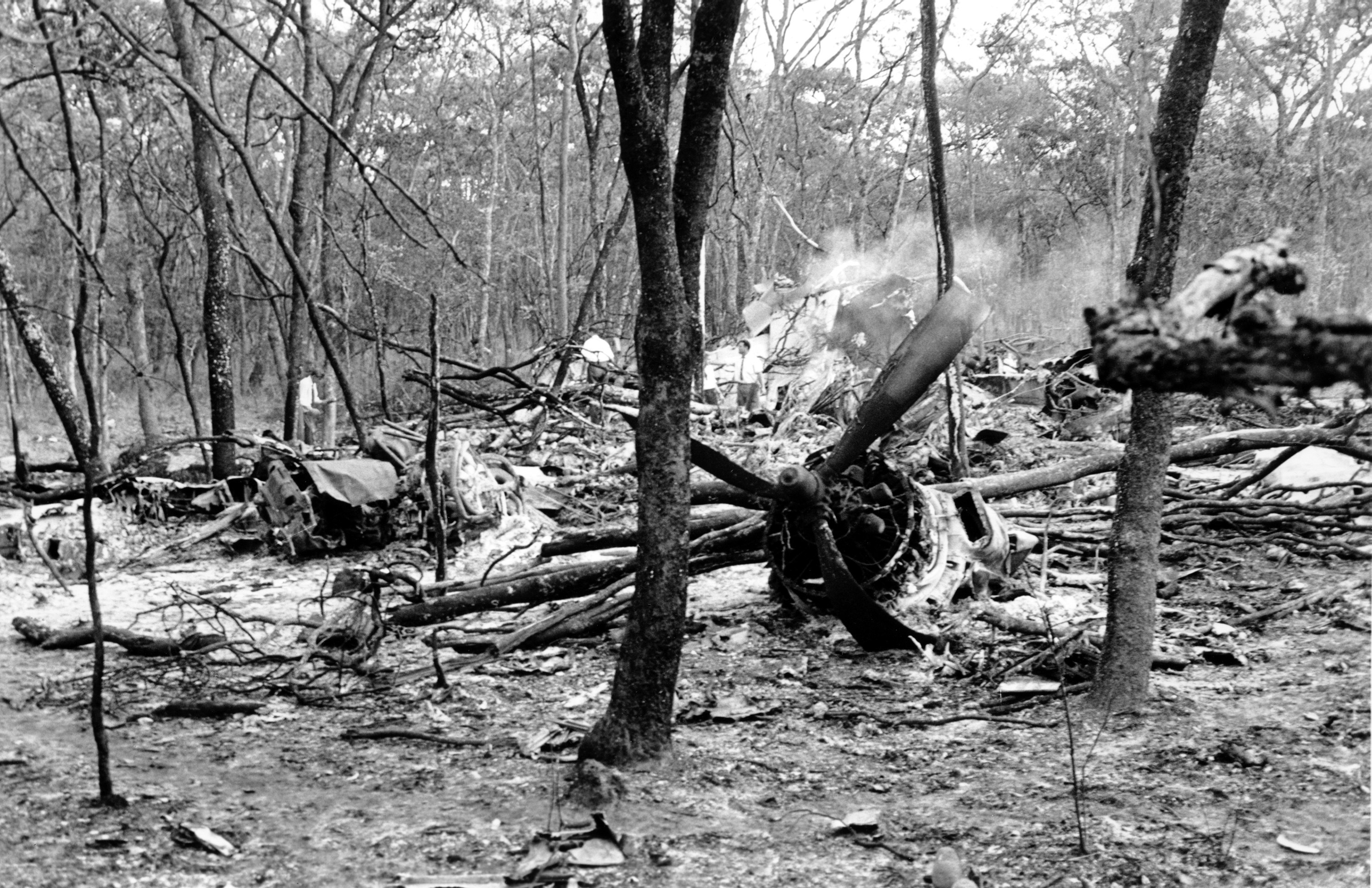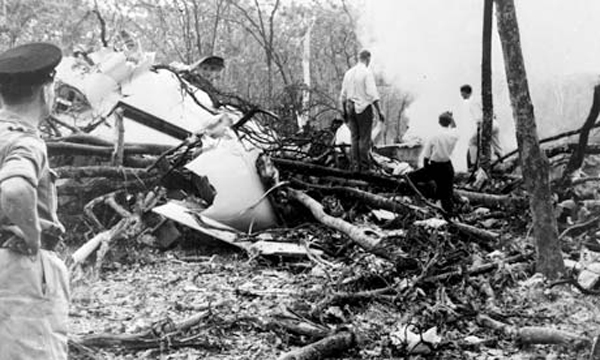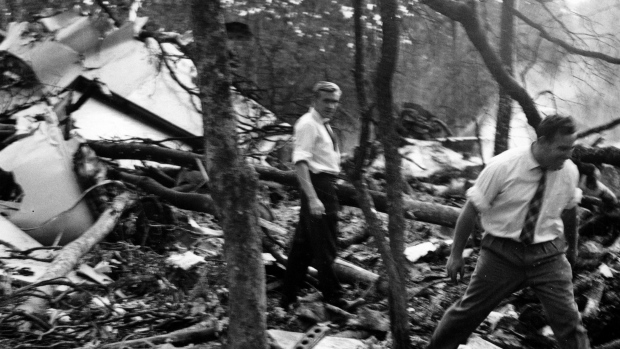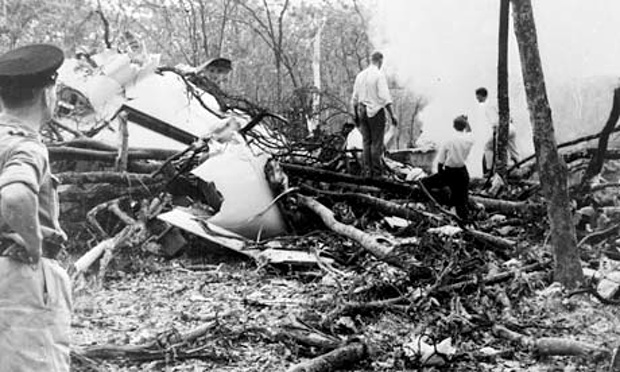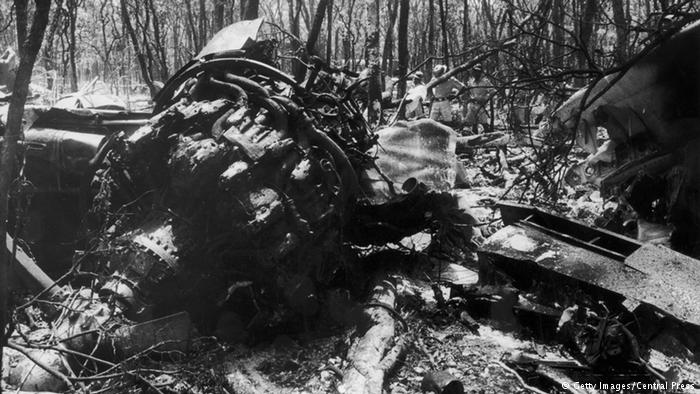Ground collision of two Lockheed L-382B-1C Hercules in Ndola
Date & Time:
Apr 11, 1968
Registration:
9J-RBX
Survivors:
Yes
MSN:
4137
YOM:
1966
Crew on board:
0
Crew fatalities:
Pax on board:
0
Pax fatalities:
Other fatalities:
Total fatalities:
0
Aircraft flight hours:
4704
Circumstances:
While parked at Ndola Airport, the aircraft was struck by another Zambian Air Cargoes C-130 registered 9J-RCY. Following the collision, a fire erupted and both aircraft were destroyed. There were no casualties. 9J-RBX was empty at the time of the accident. For more details, refer to file 9J-RCY.
Probable cause:
The collision resulted from failure to halt the aircraft when it was decided to shut down No. 2 engine. A contributory cause was that the crew lacked a ready understanding of the mechanics of the aircraft hydraulic systems. The aircraft was not being operated in accordance with the requirements of the Certificate of Airworthiness and there was thug a contravention of Section 23(1) of the Air Navigation Regulations, Had permission been requested to operate in accordance with the R.A.F. Flight Reference Cards an the delivery Flight, it is probable that, after the cards had been studied and in view of the fact that the Captain was used ta operating in accordance with the cards, the necessary action would no doubt have been taken to authorise their use for the one flight.
Final Report:
